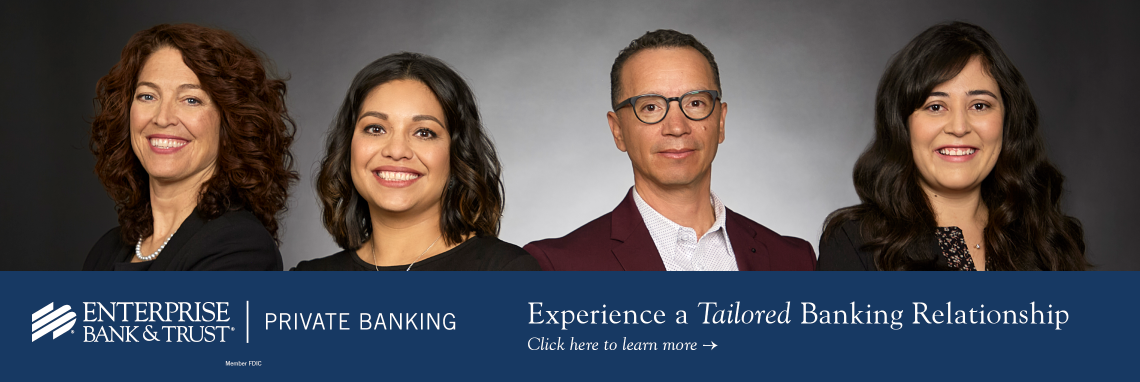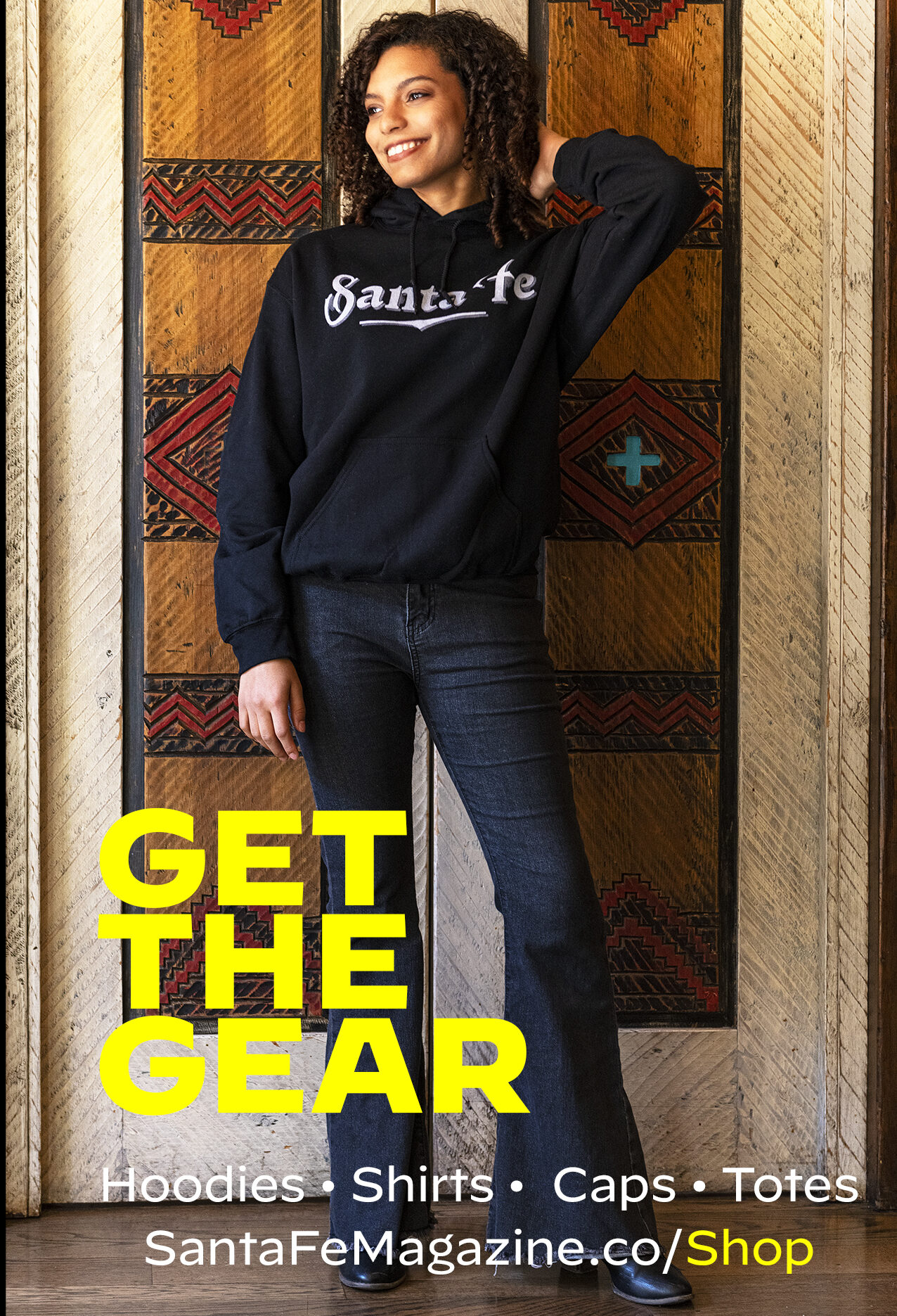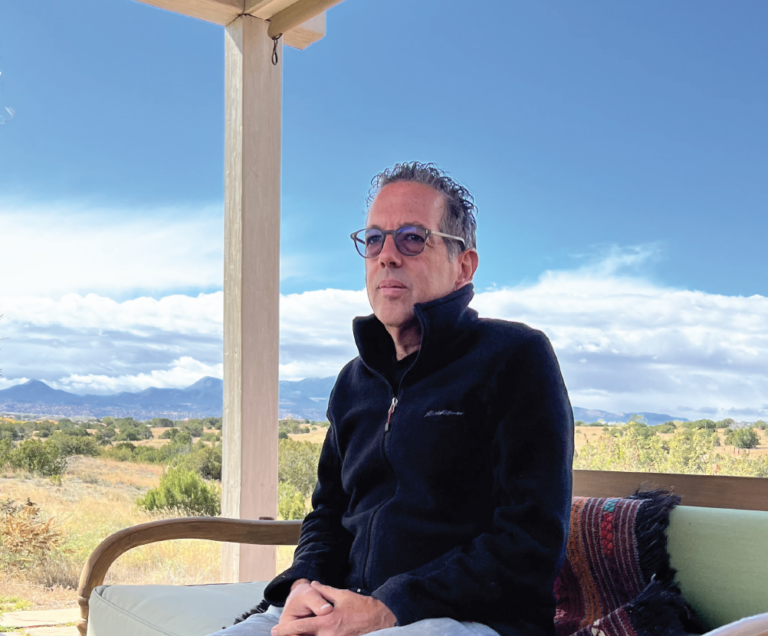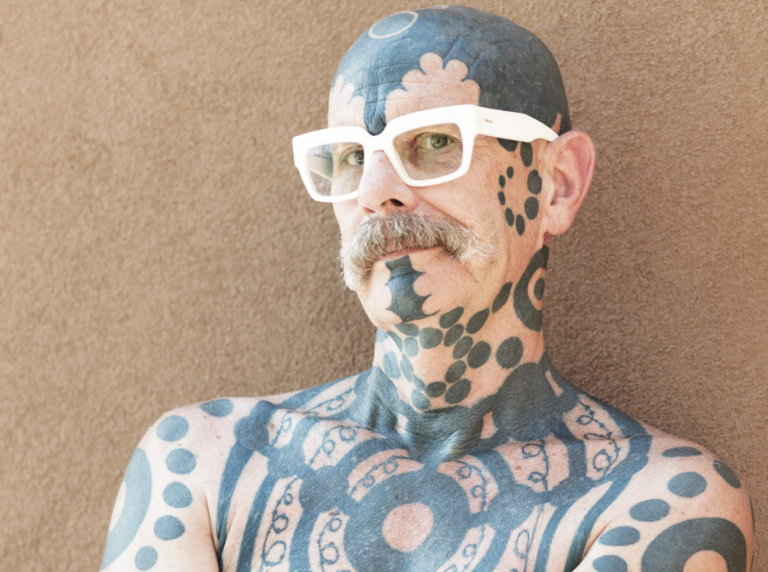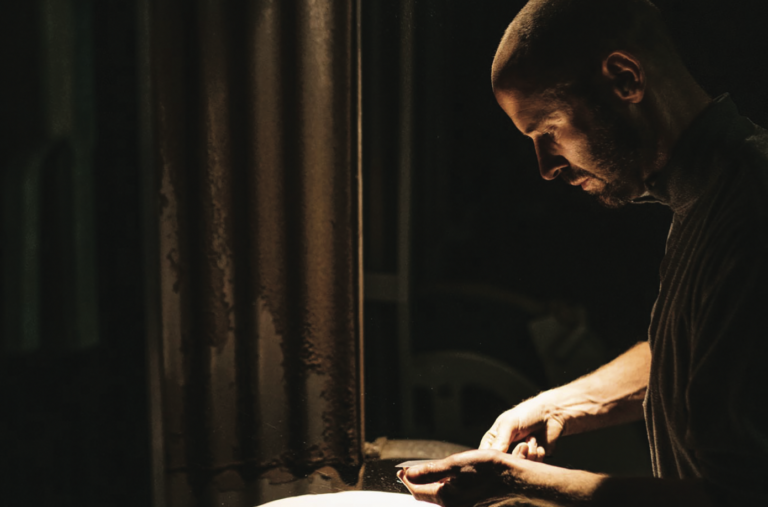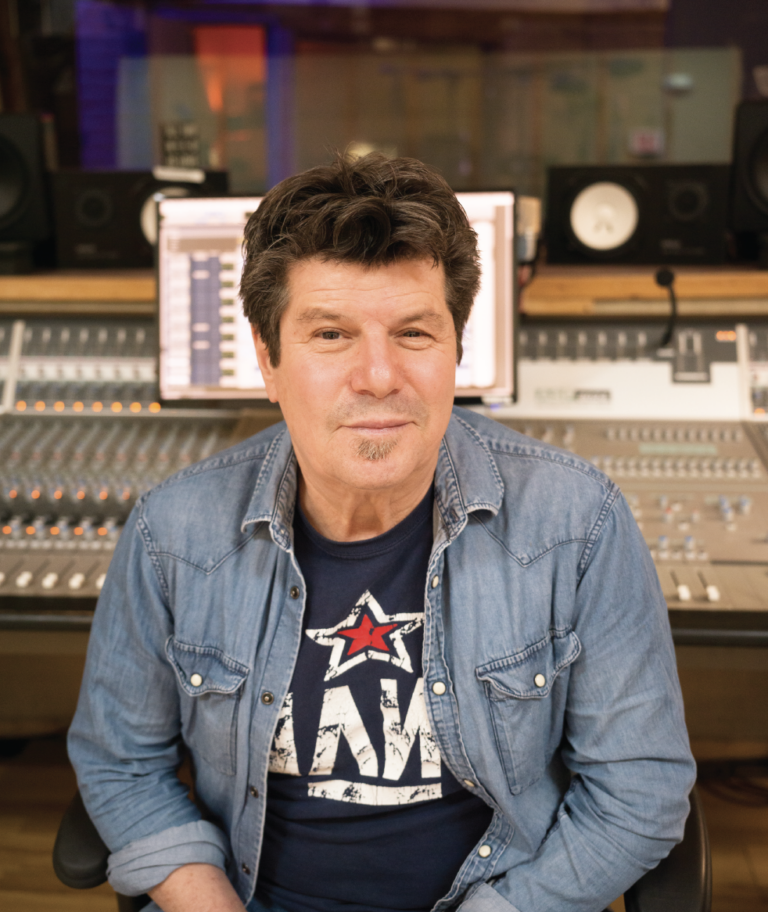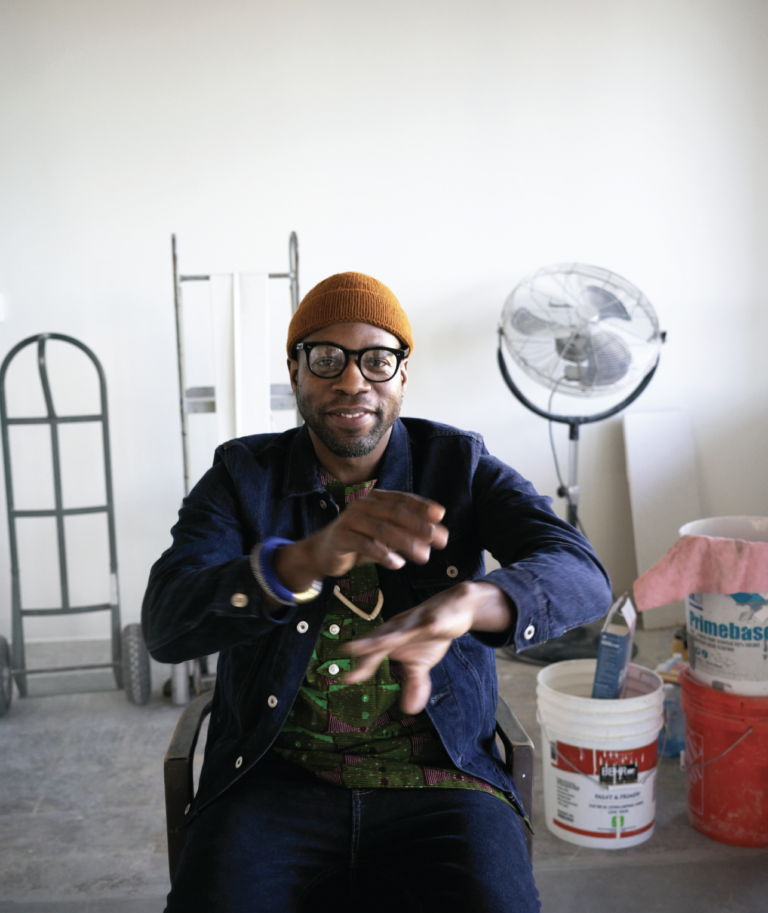FOLK ART IS UTILITARIAN. And it is decorative. It’s materials are cloth, metal, clay, recycled materials. It is transitory, and perishable. It is dance, music, spoken word, food. It is not pyramids or a symphony. It does not aspire to live for the ages or high in the heavens.
Art is often created for patrons of all stripes, usually for royalty, the elites, for the rich, or for God.
Folk is for everyone else. It is inherently democratic, gender indifferent, age irrelevant, color agnostic. It is about something, not for somebody.
Every year, The International Folk Art Market brings together dozens of artists from the four corners of the earth.
They are entrepreneurs who have a uniquely and exclusively tactile relationship with what they create. They need feedback, they need to talk to their customers, they need capital, and they need a community of local and international entrepreneurs.
That’s what IFAM does. So it is totally logical (and totally unusual for a not-for-profit) to hire a new CEO from the start-up world. Someone who started all alone in her basement and reinvented how folk artists come to market.
How did you get involved with folk art?
In 2003, convinced my husband to use our tax refund to reach out to a few groups my mother-in-law had met in her travels with the UN and then nonprofits I had worked with in the US who were helping women get back on their feet. We had some women who were coming out of halfway houses, out of prison, and we would have a big home party. I had $2,000 worth of stuff.
What’s a home party?
Where a bunch of women come over and buy products. Most women have either enjoyed or been subjected to a home party in their existence. I invited a hundred friends over, had these products, thought of it more as a social work, awareness raising. And we almost sold out of everything.
What were you selling?
Jewelry and bags and scarves – the folk art from Tanzania and Ethiopia that so many people in Santa Fe love. The purpose was to generate revenue for these artists. I bought their products outright. I have a strong feeling about that, that some people may not agree with, when we’re supporting artists around the world to purchase instead of consign. So I bought these products having no idea if anyone would like them, or if I was going to have $2,000 worth of stuff in my basement for 20 years – but I sold all of it in one night and was like, Oh, this is a business! This is not just awareness raising. I started working with more groups, importing more goods, filling my minivan with stuff.
I did $50,000 in business the first year. I started in May with that $2,000 investment. The next year tripled to about $150,000. And then I had a great story in Global Girlfriend, a local magazine in Denver.
Someone at Whole Foods saw that article, called and said, Oh my gosh, we love what you’re doing. You should be selling to Whole Foods. I’m like, Oh, I don’t wholesale. They’re like, Hmm, we’re Whole Foods and we’re calling you. We don’t call people. So we started working with them and over a six-month time period, they really showed us how to do wholesale pricing, what kind of products would work in the grocery store environment. Our apparel, purses, jewelry, coin purses were in the Whole Body section.
And this was all women artisans.
My company was all women’s cooperatives, women artisans. We really focused on those that were marginalized, had economic challenges, or didn’t have opportunities because of patriarchal societies. From there, we started going to New York Now, which is a big trade show, and that launched us in stores across the country. Our Whole Foods business grew from being in one store in Colorado to being in all 300-plus stores around the country. And going to New York Now, we spread to about 1500 boutiques and specialty retailers.
Why do you think it worked?
Because it was such a simple idea. Fantastic products that people were buying anyway.
Then you sold it.
Yeah. Well, here’s the classic entrepreneur story. We reached a point where, because we were wholesale, we were also a fair trade business – we paid 50% to the artisans at the time that we placed the order. Orders could take eight weeks to six months, depending on the technique, the amount, because everything was handmade.
Then we paid the other 50% before they shipped. So, when it was complete, we paid all the shipping and then we would sell it. But a lot of our stores had net 60 terms, so you can see the long cash crunch. And I will say as a woman, especially in the early 2000s, to give venture funding to any kind of artisan business didn’t really exist. It was hard to even get a bank line of credit. We had had an article in Oprah Magazine and a company read it and was like, Whoa, they would be a fit for us. And we ended up merging. My team and I worked with that company for a few years. So, it wasn’t just sold and gone. It was to really be able to grow.
You started a successful business, and you wrote about it and you teach.
I went to teach at the University of Colorado in the Business School. Pretty improbable because I have three degrees in social work, but they were interested in my business background. I taught in the Sustainability and Social Responsibility division.
I taught courses to freshmen, looking at the themes of scarcity, fairness in the economy, liberties and externalities, globalization, and kind of both sides of what happens in the economy. And then I taught ethics. I’ve taught inclusive leadership, but the class that I cherished the most was Business Solutions for the Developing World where students did consulting projects with mostly artisan groups that I knew.
Now you’re running the Folk Art Market. Most people who do what you’re doing now don’t have a background as an entrepreneur.
Yeah, this is certainly my first experience in a nonprofit. One thing that is harder for me as an entrepreneur, is that I am used to just charging forward with whatever idea I think should do the trick.
My definition of an entrepreneur is anybody who thinks they’re smarter than their boss.
Well, I’m hoping that I have a lot of entrepreneurs on my team then, because I do know I have a lot of people on my team that are smarter than their boss. I have a vision for IFAM that is moving us to be a bigger hub and support for artists around the world through all the work that I’ve done. And then I helped found an organization called Trade+Impact, which has been an artisan and buyer-led organization. I think IFAM is so well-positioned to really help create more opportunities.
We can only fit so many artists in the space of our market footprint. It’s something that makes the market special and it also is something that makes the market less inclusive of the global artist community than we could be. It’s magic that doesn’t happen anywhere else in the artist world.
And the party’s even gotten better because we added night market last year. But there are things that we can be doing outside of market time. Digitally, I think, we have a lot of potential that we’re not yet capitalizing on. I think we can help artists reach some of those other markets. If from my dining room table, artists can get into Whole Foods and be in 1500 stores around the country, oh my gosh, IFAM is way more powerful and influential than Stacey Edgar at her house.
And the focus on handmade, literally handmade, where there’s a tactile relationship between product and art.
People have been making things for use for all of eternity, so why did they make them beautiful? There’s magic in the handmade that comes from someone’s creativity or from their culture. I often have a pompom on this bag, and it was made by one of the most talented pompom-making families in Chiapas, Mexico. No one needs them, and yet, they’re the most fantastic thing and I try to put them on everything that I own.
You help make their life more self-sustaining and viable economically.
These are important jobs. Crafts are the second largest industry in developing countries behind agriculture.
How do you pick the artist? What’s the process?
IFAM has a long-time juried process and I think it’s the hardest thing that happens inside those walls. This year we had almost 600 artists apply, and we could only take 150. We took 167, which just shows we’ll find a square to spare to get as many people on the railyard footprint as we can, but still making it enjoyable for everyone. We have a selection and placement committee. So those applications come in and the selection committee, through an app we use, reads all of them, all the stories, looks at all the photos, and has a pretty intensive rubric: Is this a marginalized group who has a financial need? Is this an innovation in folk art?
From there, two separate, standalone committees come to Santa Fe. There are people from all over the country, for two weeks in October. First selection goes through and tries to narrow it down to about 300 that really fit the market, and then has to narrow it further. There’s qualitative, there’s quantitative, we have experts in those areas.
Also you get to actually meet the artists. There’s something disembodied about work that’s produced and you don’t talk to the author or artist.
IFAM and a few other art festivals around the world for folk art are the premier places to have true interaction, to really hear from the artists.
It seems you’re using their storytelling as a way to explain art and also a way to help them sell stuff.
Absolutely! And connect with each other. Artists share their techniques, share their stories – it’s connecting with the audience who’s supporting them. Get a group of artists together from around the world and you gain more than just a coming-together.
Do you have new artists this year?
Yeah. We have 41 artists who are brand new to the market this year who have never been in the U.S. market. Some of them have never been out of their countries. So, to be that first place where your art meets the world outside of your local world, is a pretty special, vulnerable and exciting opportunity. We’ll have a new artist from Papua New Guinea this year, a new country for us. We’ll have artists from Bhutan who are bringing fabulous baskets for harvest that they’ll be selling as art. I’m sure they’re nervous.
Do you have volunteers that help?
This is a 20-year organization that has 1500 volunteers every year.
1500 volunteers! That’s amazing. Drawn from where?
All over the country, but truly Santa Fe, Albuquerque, Denver, Texas. The volunteers turn out in droves to give their time, talent, and treasures. It’s amazing. It’d be hard to put on this event anywhere else I can think of in the country. The volunteerism, the board involvement, the community care of arts international visitors is amazing. I’ve been working with IFAM in different ways many times and I’ve always loved Santa Fe. Who comes here who isn’t absolutely charmed? Once you’re here, you’re like, How could this happen anywhere else?
About 12 years ago one of our artists actually gave birth while at the Market. She was here for IFAM and I believe that she named her child Santa Fe. She goes by Faye, and I think that they’ll be traveling back with her this year. The long history of love amongst the volunteers, the board, the artist community, is something really special.
The coolest thing about IFAM is that it’s not just our artists and it’s not our product line. We’re walking together trying to provide an opportunity for everyone to connect. I mean, one of our board members recently said, What’s the meaning of IFAM working towards world peace? I’m like, Mm, yeah.
You are working for world peace.
And all our lives, truly, we get caught up in the messages and the hard things that are happening in the world. But what we can always do is in the particular.
Learn more at FolkArtMarket.org
Photo SFM

